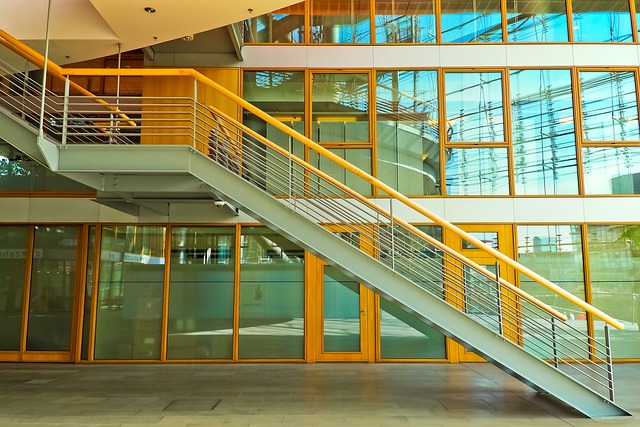When it comes to constructing buildings, one of the key considerations is the choice of material. Wood and metal are two popular options, each with their own set of advantages and disadvantages. Among the factors that sway decision-making, cost is often a primary concern.
So, are metal buildings more expensive than wood?
The answer to this question largely depends on several factors such as the size of the building, design complexity, location, and specific requirements. However, in general, metal buildings tend to have a higher upfront cost compared to wood structures. This is mainly due to the inherent properties of the materials and the manufacturing processes involved.
Metal buildings require the use of steel or other metals, which can be more expensive than wood. Additionally, the engineering and fabrication of metal components demand specialized skills and machinery, increasing the overall cost.
On the other hand, wood is widely available and typically less expensive, making it a more budget-friendly option for construction.
Long-term costs
However, it is essential to consider the long-term costs when comparing metal and wood buildings. While metal structures may have higher initial expenses, they often provide better durability and require less maintenance in the long run.
Metal is resistant to pests, rot, and fire, reducing the likelihood of costly repairs or replacements. Wood, on the other hand, is susceptible to insect infestations, decay, and moisture damage, which can result in ongoing maintenance expenses over time.
Which one is stronger?
Furthermore, metal buildings offer superior strength and stability. They can withstand harsh weather conditions such as high winds, heavy snow loads, and earthquakes better than wood structures.
This can be particularly important in areas prone to severe weather events. Additionally, metal buildings are often quicker to construct, which can lead to cost savings in terms of labor and time.
Energy efficiency
Another aspect to consider is energy efficiency. Metal buildings can be designed with high levels of insulation, reducing heating and cooling costs. They are also compatible with various energy-efficient features such as solar panels and cool roofing systems. Wood structures, while they can be insulated as well, may not offer the same level of energy efficiency as metal buildings.
It is worth noting that the cost comparison between metal and wood buildings can vary depending on the region. Local market conditions, availability of materials, and labor costs can significantly influence the overall expenses.
Therefore, it is advisable to obtain multiple quotes from contractors and suppliers to determine the most cost-effective option for a specific project.

